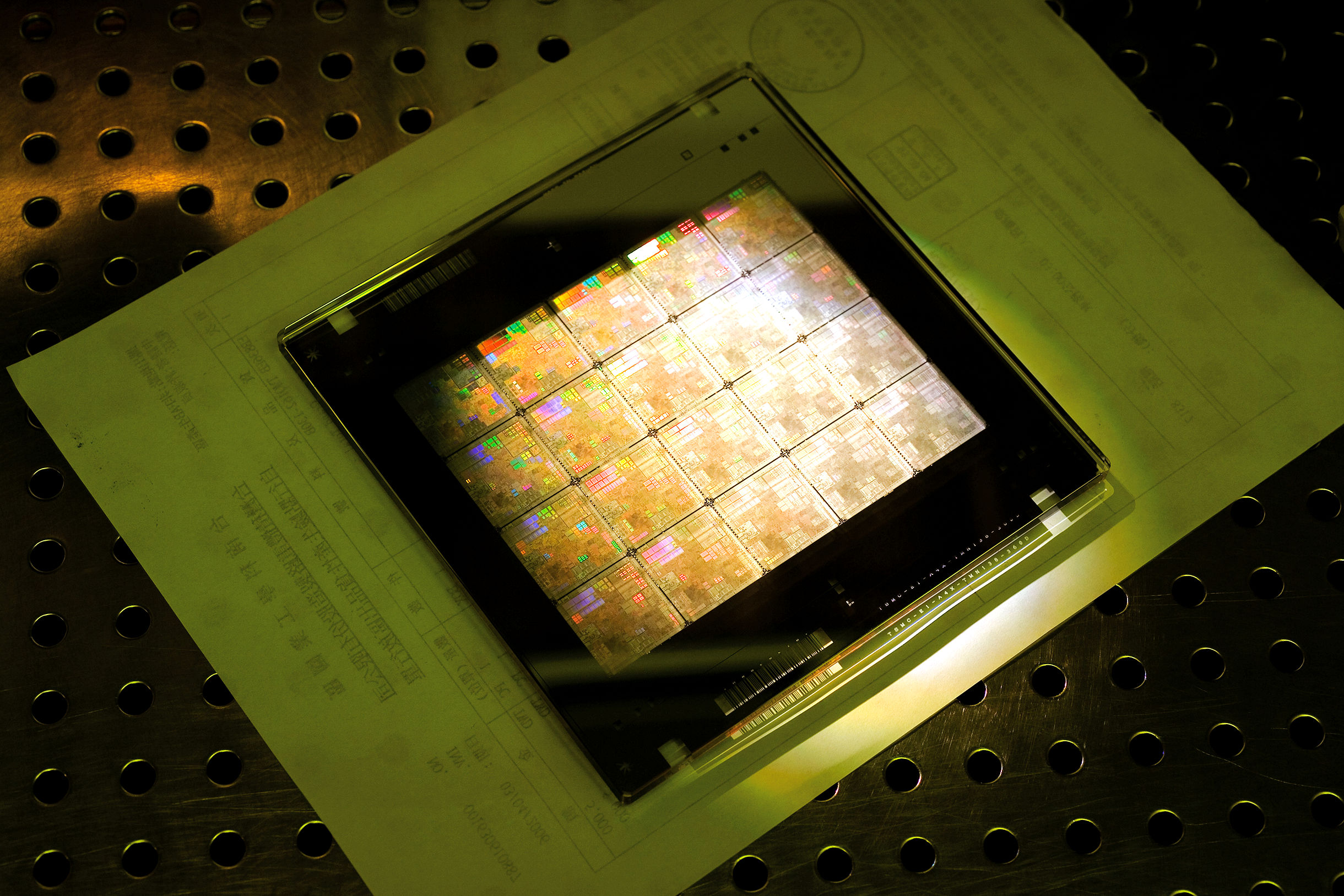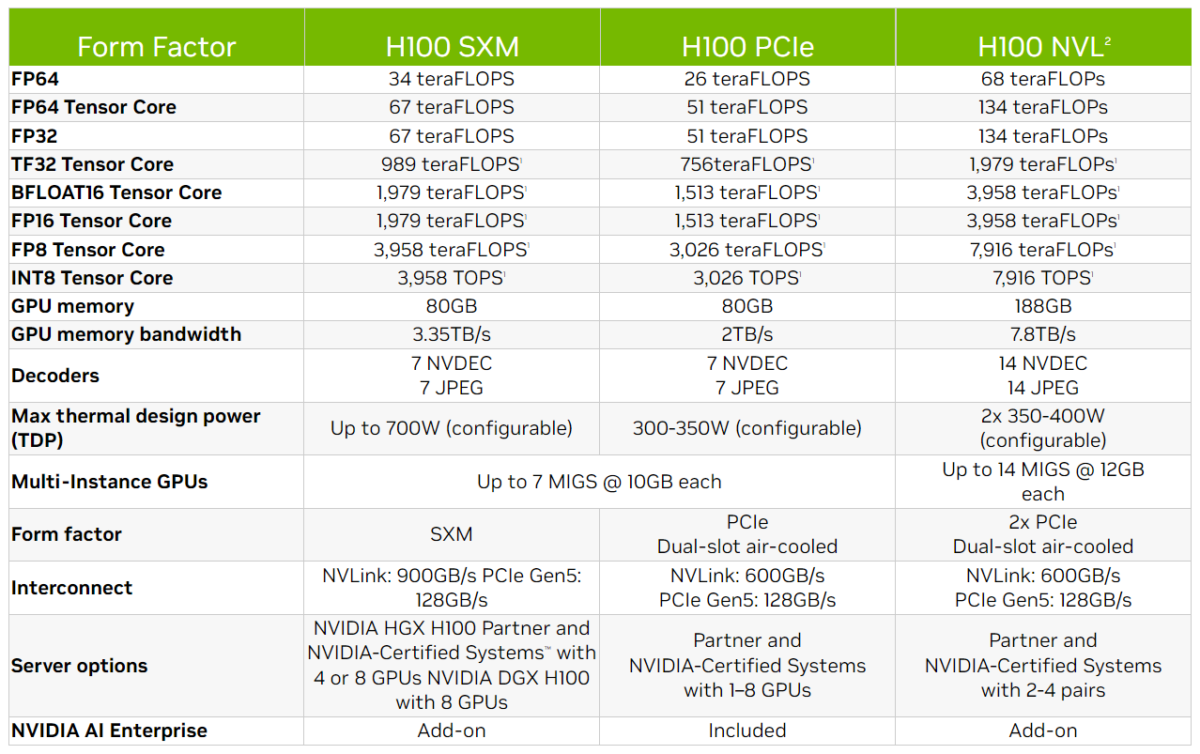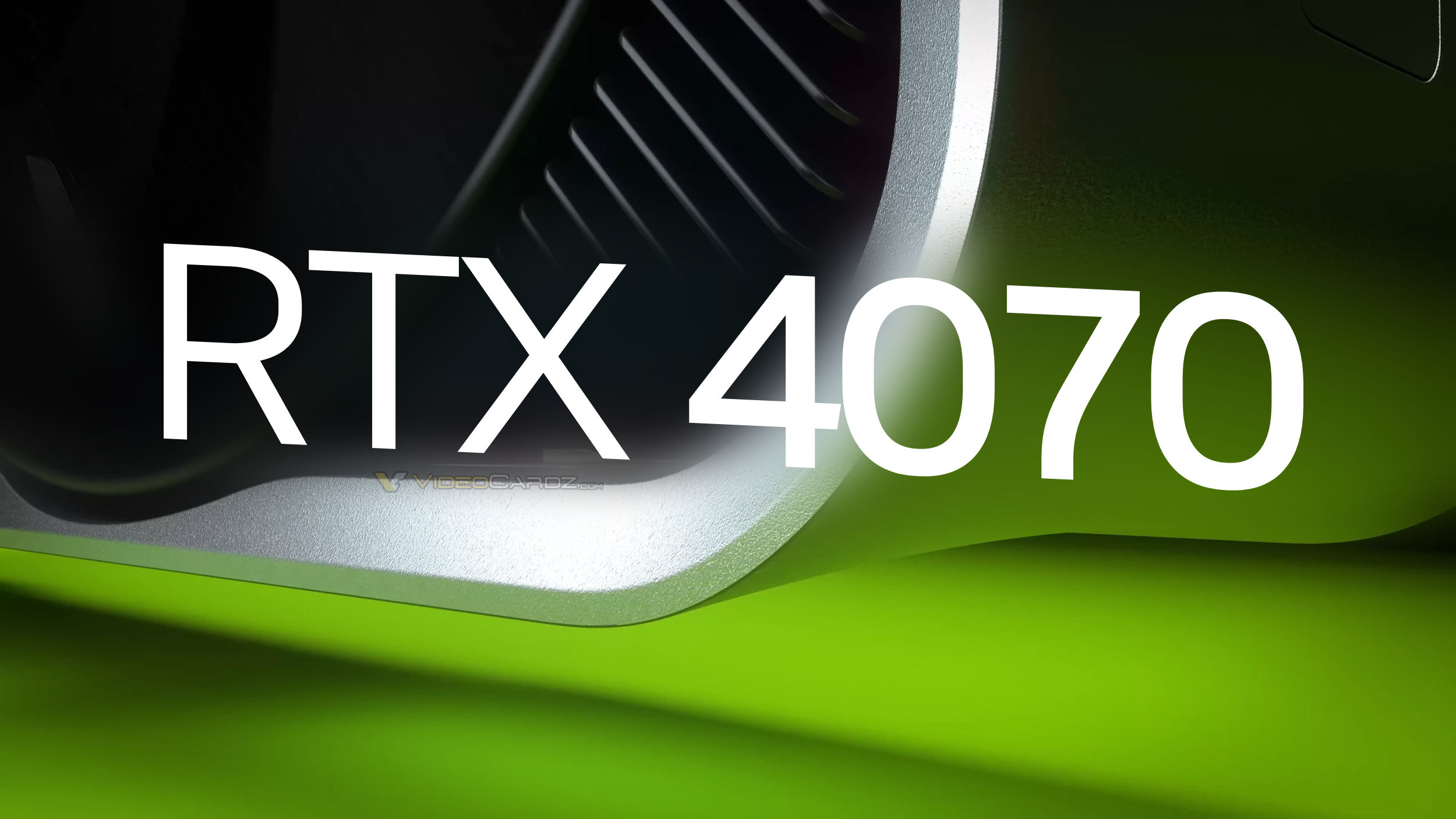Yeah I saw that too. If so that's pretty horrendous for that class of card. They're gonna kill PC gaming with these prices.
You are using an out of date browser. It may not display this or other websites correctly.
You should upgrade or use an alternative browser.
You should upgrade or use an alternative browser.
- Status
- Not open for further replies.
DegustatoR
Legend
The source for the price rumor is MLID.Yeah I saw that too. If so that's pretty horrendous for that class of card. They're gonna kill PC gaming with these prices.
D
Deleted member 2197
Guest

NVIDIA DLSS 3 Surpasses DLSS 2 In Adoption Rate While More Popular AAA Titles Utilize DLSS 2 Vs AMD FSR 2
NVIDIA's DLSS including DLSS 2 & DLSS 3 remains the benchmark for upscaling in games versus the competition from AMD FSR & Intel XeSS.
The source for the price rumor is MLID.
I did not know very bad source. I was thinking it was techpowerup rumor.
Last edited:
TopSpoiler
Regular
TopSpoiler
Regular
Nvidia is selling H100 like hot dogs..
Nvidia is selling H100 like hot dogs..
From questionable vendors on street corners and back alleys?
TopSpoiler
Regular
If my sentence was weird, please understand as English is not my first language.From questionable vendors on street corners and back alleys?
D
Deleted member 2197
Guest

NVIDIA cuLitho to deliver up to 40x performance leap in litography - VideoCardz.com
NVIDIA, ASML, TSMC and Synopsys Set Foundation for Next-Generation Chip Manufacturing SANTA CLARA, Calif., March 21, 2023 (GLOBE NEWSWIRE) — GTC — NVIDIA today announced a breakthrough that brings accelerated computing to the field of computational lithography, enabling semiconductor leaders...
NVIDIA today announced a breakthrough that brings accelerated computing to the field of computational lithography, enabling semiconductor leaders like ASML, TSMC and Synopsys to accelerate the design and manufacturing of next-generation chips, just as current production processes are nearing the limits of what physics makes possible.
...
The new NVIDIA cuLitho software library for computational lithography is being integrated by TSMC, the world’s leading foundry, as well as electronic design automation leader Synopsys into their software, manufacturing processes and systems for the latest-generation NVIDIA Hopper™ architecture GPUs. Equipment maker ASML is working closely with NVIDIA on GPUs and cuLitho, and is planning to integrate support for GPUs into all of its computational lithography software products.
Running on GPUs, cuLitho delivers a performance leap of up to 40x beyond current lithography — the process of creating patterns on a silicon wafer — accelerating the massive computational workloads that currently consume tens of billions of CPU hours every year.
It enables 500 NVIDIA DGX H100 systems to achieve the work of 40,000 CPU systems, running all parts of the computational lithography process in parallel, helping reduce power needs and potential environmental impact.
D
Deleted member 2197
Guest

NVIDIA introduces H100 NVL dual-GPU AI accelerator for Chat-GPT - VideoCardz.com
NVIDIA launches its first PCIe dual-GPU in years, just not for gamers NVIDIA has a new variant of Hopper GPU designed exclusively for Large Language Models (LLM) like Chat-GPT. H100 NVL dual-GPU, Source: NVIDIA The H100 NVL represents the best bin in the NVIDIA Hopper lineup. It is a technically...
The H100 NVL has a full 6144-bit memory interface (1024-bit for each HBM3 stack) and memory speed up to 5.1 Gbps. This means that the maximum throughput is 7.8GB/s, more than twice as much as the H100 SXM. Large Language Models require large buffers and higher bandwidth will certainly have an impact as well.

Is Nvidia ever going to release RTX Racer? Promises were made! https://blogs.nvidia.com/blog/2022/09/29/racer-rtx-demo/

NVIDIA introduces H100 NVL dual-GPU AI accelerator for Chat-GPT - VideoCardz.com
NVIDIA launches its first PCIe dual-GPU in years, just not for gamers NVIDIA has a new variant of Hopper GPU designed exclusively for Large Language Models (LLM) like Chat-GPT. H100 NVL dual-GPU, Source: NVIDIA The H100 NVL represents the best bin in the NVIDIA Hopper lineup. It is a technically...videocardz.com

Blimey. I could use a couple of those. Though I really don't want to ask the price (H100 PCIe is £32k list price here).
D
Deleted member 2197
Guest
NVIDIA Removes Encoding Limitations on Consumer GPUs Allowing up to 5 Simultaneous Streams
NVIDIA has made a quiet yet significant update to its consumer GeForce graphics processing units (GPUs) by removing video encoding limitations. These GPUs can now encode up to five simultaneous stream...
The new change applies to certain GeForce GPUs based on Maxwell 2nd Gen, Pascal, Turing, Ampere, and Ada Lovelace GPU architectures released over the last eight years. However, there is still a limitation on the number of streams that can be encoded, depending on the resolution of the stream and the codec used.
Is Nvidia ever going to release RTX Racer? Promises were made! https://blogs.nvidia.com/blog/2022/09/29/racer-rtx-demo/

D
Deleted member 2197
Guest

NVIDIA GeForce RTX 4070 to retail at $599 - VideoCardz.com
GeForce RTX 4070 MSRP to match RTX 3070 Ti The RTX 4070 to be $200 cheaper than the RTX 4070 Ti. The company has reportedly settled on RTX 4070 non-Ti SKU price at $599. This information was confirmed during a press briefing, which usually takes place before each launch. Reviewers are now...
The RTX 4070 pricing is to match RTX 3070 Ti at launch. Interestingly, this price has not changed much, even 1.5 years after launch (June 2021). The RTX 3070 Ti and RTX 3060 Ti SKUs were among the most popular Ampere cards.
In terms of specs, the card will feature just as many cores as the RTX 3070 (5888 CUDA), but the memory will be upgraded to GDDR6X technology, and it will have 4GB more capacity. Despite a narrower memory bus (192-bit), it will still have higher maximum bandwidth thanks to 21 Gbps modules.

NVIDIA GeForce RTX 4070 to retail at $599 - VideoCardz.com
GeForce RTX 4070 MSRP to match RTX 3070 Ti The RTX 4070 to be $200 cheaper than the RTX 4070 Ti. The company has reportedly settled on RTX 4070 non-Ti SKU price at $599. This information was confirmed during a press briefing, which usually takes place before each launch. Reviewers are now...videocardz.com
That's a lot more reasonable. Still higher than most would like I think, but I expect it to sell well at this price given it's both cheaper than the original 3080 MSRP and will likely be as fast or a bit faster with more VRAM and all the ADA features.
arandomguy
Veteran
Not so much reasonable but that it actually makes sense given the rumored specs. The $750 price rumor (without even questioning the source) just never made sense from a product stand point. The 4070ti is readily available in stock at MSRP, the rumored specs for the 4070 at $750 would not have been remotely viable from a product stand point.
- Status
- Not open for further replies.
Similar threads
- Replies
- 0
- Views
- 359
- Replies
- 84
- Views
- 5K
- Replies
- 375
- Views
- 27K
- Locked
- Replies
- 260
- Views
- 21K
